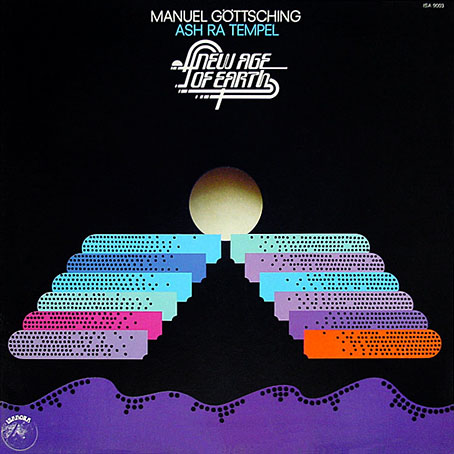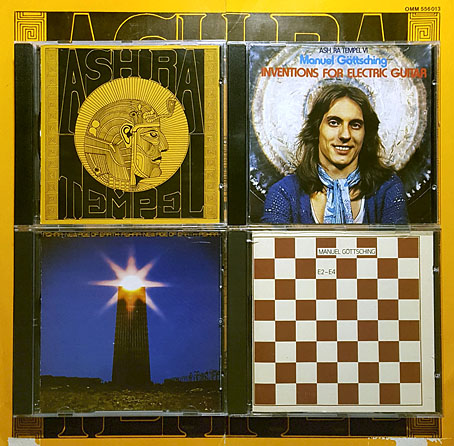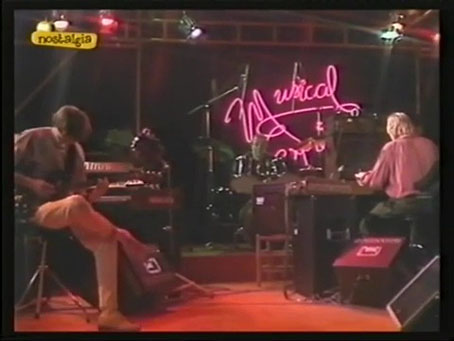Abstraction #51 (1965) by Virgil Finlay.
• “I think the world venerates him as this deeply religious composer who tackles eternal themes in his music, but I think it’s also good to remember that he also has a playful experimental side.” Maria Juur discussing Estonian composer Arvo Pärt in a review by Geeta Dayal of a new recording of four Pärt compositions.
• “Rubycon feels like an epic soundtrack to a great lost film…” Jeremy Allen on the 50th anniversary of a Tangerine Dream album that’s always been a favourite of mine.
• At the Internet Archive: Browse the catalogue for a forthcoming auction of rare books and artworks from The Library of Barry Humphries.
• At Public Domain Review: Through a Glass Lushly: Michalina Janoszanka’s reverse paintings (ca. 1920s).
• At Colossal: “Vintage postcard paintings by David Opdyke demonstrate an ecological future in peril“.
• At the BFI: Michael Brooke offers suggestions for ten great Slovak New Wave films.
• DJ Food unearthed four sheets of Dave Roe wrapping paper from 1968.
• New music: Doppelgänger by Ian Boddy & Harald Grosskopf.
• Ten minutes of Sun Ra and the Arkestra on French TV in 1969.
• Depictions of Atlantis in retro science fiction art.
• Old music: Flora (1987) by Hiroshi Yoshimura has been reissued.
• Atlantis (1961) by The Blue Bells | Atlantis (1969) by Donovan | Atlantis (1971) by Deuter





